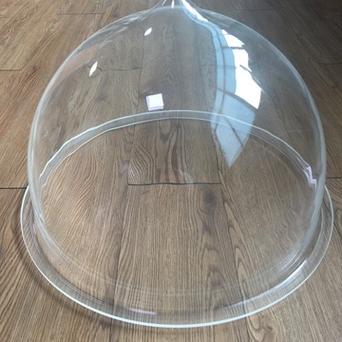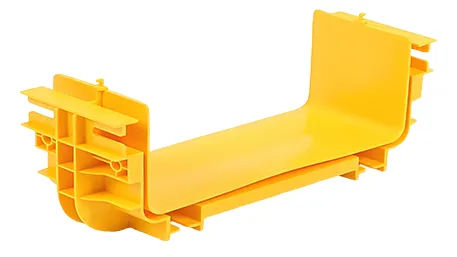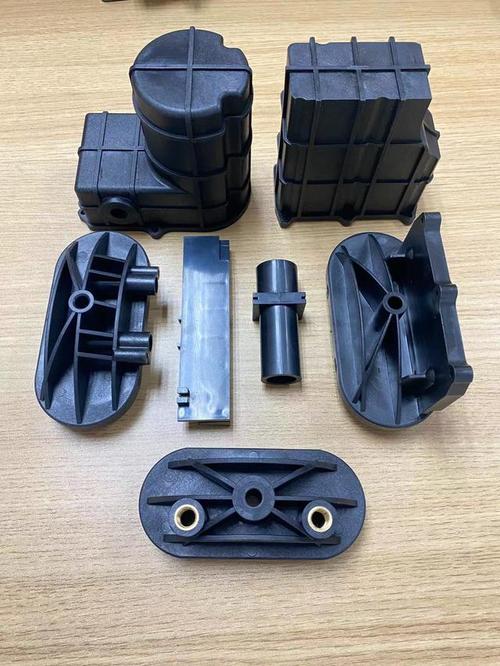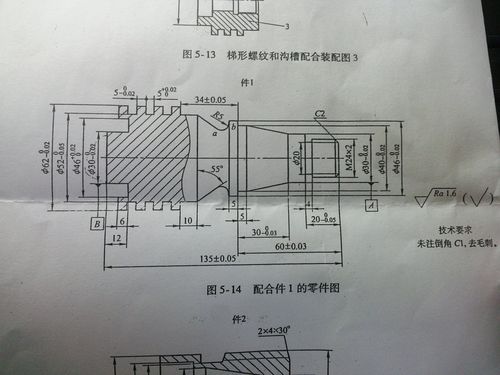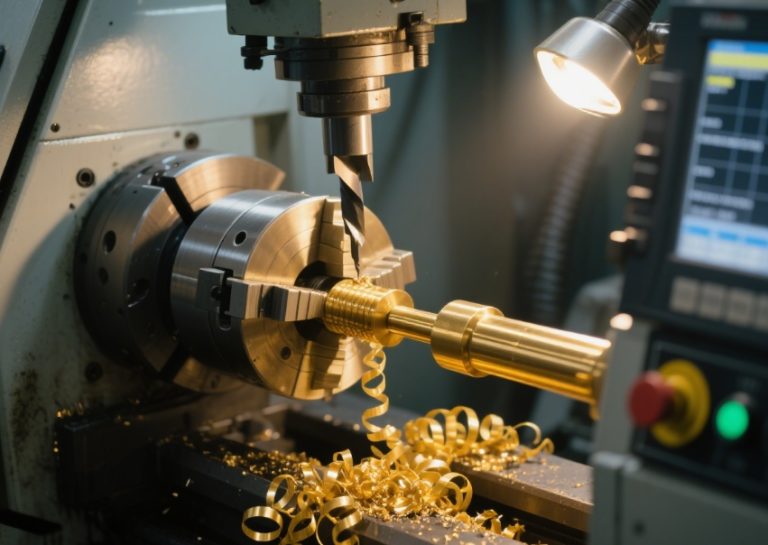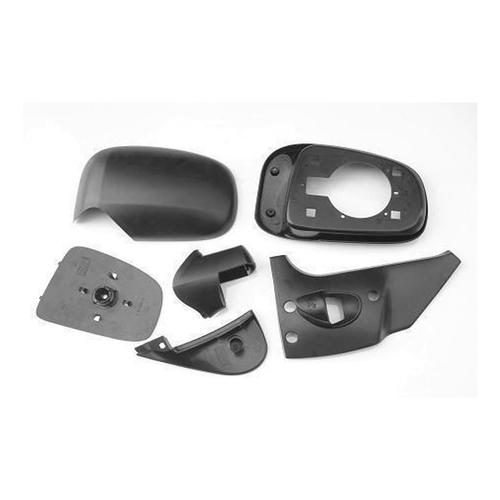Improving the transparency of plastic parts primarily involves selecting high-purity transparent resins, optimizing processing parameters to minimize defects, controlling impurities, and refining structural design. These measures reduce light scattering and absorption, ensuring the plastic transmits light uniformly. Key steps include using low-crystallinity polymers, eliminating bubbles or particles, and enhancing surface smoothness.
Detailed Analysis on Enhancing Plastic Transparency
1. Material Selection for Transparency
The choice of base resin directly determines the maximum achievable transparency:
- High-Transparency Polymers: Opt for resins with intrinsic clarity. PMMA (acrylic) offers 92% light transmittance, comparable to glass, making it ideal for lenses and displays. PC (polycarbonate) provides 89% transmittance with superior impact resistance, suitable for safety glasses and automotive headlights. PS (polystyrene, 90% transmittance) is cost-effective for disposable cups and packaging, while PET (88%) excels in beverage bottles due to its barrier properties.
- Purity Control: Raw materials must be free of impurities. Recycled plastics, even from transparent sources, often contain contaminants (e.g., dust, residual colorants) that reduce transparency—limit recycled content to <5% for high-clarity parts. Avoid additives like opaque fillers (talc) or incompatible stabilizers, which scatter light.
- Additive Compatibility: Use transparent additives only. For example, UV stabilizers in PC must be non-yellowing and soluble in the resin to avoid haze. Antistatic agents for electronics packaging should be clear to prevent light scattering.
2. Processing Parameter Optimization
Precise process control prevents defects that impair transparency:
- Temperature Regulation: Melt temperature must balance fluidity and stability. For PMMA, process at 210–240°C—too low causes incomplete melting (cloudiness); too high leads to degradation (yellowing). PC requires 260–300°C to avoid crystallization, which creates opaque regions.
- Mold Temperature & Cooling: Uniform cooling minimizes internal stress and crystallization. For PC, mold temperatures of 80–120°C slow cooling, reducing stress-induced haze. Rapid, even cooling (via chilled water at 15–20°C) for PET preforms ensures clarity by preventing large crystal formation.
- Injection Pressure & Speed: High pressure (80–120 MPa) ensures complete mold filling, avoiding voids that scatter light. Slow injection speed (30–50 mm/s) for thick-walled parts (e.g., PC lenses) prevents air entrapment, a common cause of bubbles.
3. Impurity and Defect Control
Even minor contaminants or defects can drastically reduce transparency:
- Raw Material Preparation: Dry hygroscopic resins (PC, PET) to <0.02% moisture using desiccant dryers. Moisture in PC causes hydrolysis, forming tiny bubbles that scatter light. For PMMA, filter melt through 20–40 μm screens to remove particulate impurities.
- Equipment Cleanliness: Residues from previous materials (e.g., colored plastics) contaminate transparent melts. Purge barrels with virgin resin before processing, and use dedicated hoppers/feeders to avoid cross-contamination.
- Mold Maintenance: Mold surfaces must be mirror-polished (Ra <0.02 μm) to ensure light reflection rather than scattering. Regularly clean vents to prevent gas burns, which leave opaque marks on part surfaces.
4. Structural Design for Transparency
Part geometry affects light transmission and stress distribution:
- Uniform Wall Thickness: Avoid abrupt thickness changes (e.g., 1mm to 5mm) to prevent uneven cooling. Thickness variations in PC parts cause stress concentrations, leading to birefringence (light splitting) and reduced clarity.
- Smooth Surfaces & Radii: Sharp corners or rough edges scatter light. Use rounded edges (radius ≥0.5mm) and avoid textures—even matte finishes reduce transparency by diffusing light.
- Minimize Undercuts & Cavities: Complex features (e.g., deep ribs) trap air or cause incomplete filling, creating opaque spots. Simplify designs where possible, or use sequential valve gating to ensure uniform melt flow.
5. Application-Specific Solutions by Industry
Different sectors demand tailored transparency enhancements:
- Optics & Electronics: Lenses (PMMA/PC) require <1% haze. Achieve this via ultra-pure resins, precision molding (mold Ra <0.01 μm), and post-annealing (PC at 120°C for 2 hours to reduce stress).
- Packaging: PET bottles need clarity for product visibility. Use high-viscosity PET resin, optimize blow molding (parison temperature 100–110°C), and avoid recycled material contamination.
- Automotive: Headlight lenses (PC) require UV resistance to prevent yellowing. Apply hard coats (silicone-based) that transmit >90% light while blocking UV rays.
- Medical Devices: Syringes (PP/PC) must be transparent for dosage visibility. Use medical-grade resins (e.g., PC with USP Class VI certification) and avoid lubricants that cause haze.
6. Testing and Validation
Ensure transparency meets standards with rigorous testing:
- Transmittance & Haze Measurement: Use a spectrophotometer to check light transmittance (target >85% for most applications) and haze (<2% for optics). For example, PMMA medical trays must achieve >90% transmittance to visualize contents.
- Visual Inspection: Check for defects under polarized light to detect stress-induced birefringence, which appears as colored patterns in otherwise clear parts.
- Environmental Testing: Expose parts to UV light (e.g., 1000 hours in a weatherometer) to ensure transparency remains stable—critical for outdoor applications like automotive lenses.
By integrating material purity, precise processing, and design optimization, plastic parts can achieve exceptional transparency, meeting the demands of industries from optics to packaging.
